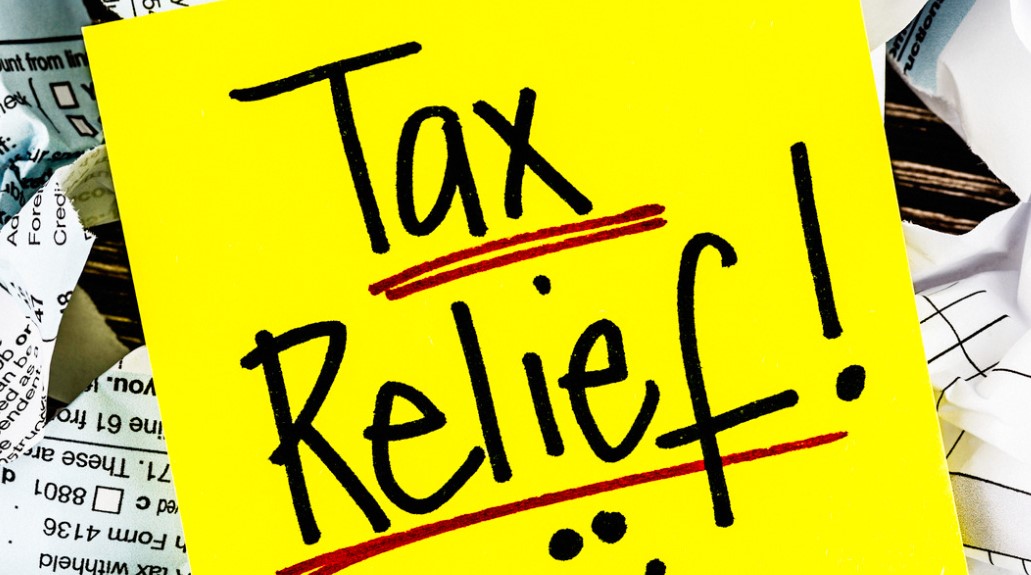SEIS tax relief, or the Seed Enterprise Investment Scheme, is a UK government initiative designed to encourage investment in early-stage and startup businesses. This scheme offers generous tax incentives to individual investors who invest in qualifying companies, making it an attractive option for those looking to support and benefit from the growth of innovative startups.
In this blog post, we’ll delve into the details of SEIS tax relief, exploring what it is, how it works, and who can benefit from it. Whether you’re an investor seeking tax-efficient opportunities or a startup looking to attract investment, understanding SEIS tax relief is crucial. Join us as we unravel the complexities of this scheme and uncover its potential benefits for investors and startups alike.
What is SEIS Tax Relief?
SEIS Tax Relief, or the Seed Enterprise Investment Scheme, is a UK government initiative aimed at fostering investment in early-stage businesses. It offers tax incentives to individual investors who invest in qualifying companies, encouraging support for innovative startups.
Investors who participate in SEIS can benefit from income tax relief of up to 50% of the amount invested, up to a maximum of £100,000 per tax year. Additionally, they can enjoy capital gains tax relief on gains made from the SEIS shares if certain conditions are met, and potential exemptions from inheritance tax after the investment has been held for at least two years.
For startups, SEIS can be a valuable tool for attracting investment. Qualifying companies can raise up to £150,000 through SEIS investments, providing crucial funding for growth and development.
SEIS Tax Relief at a Glance
SEIS tax relief offers income tax relief of up to 50% on investments, allowing investors to save a significant amount on their income tax bills. Investors can invest up to £200,000 per tax year and have the option to carry back contributions to the previous year, potentially allowing them to invest up to £400,000 in one go.

SEIS shares also offer tax-free growth, meaning investors do not have to pay capital gains tax when realizing their SEIS shares, as long as they have claimed income tax relief on them and the companies still qualify.
Additionally, investors can benefit from 50% capital gains reinvestment relief and 100% inheritance tax relief on SEIS-qualifying investments held for at least two years. In case of losses, investors can offset them against their income tax bill, effectively reducing the overall loss.
| Tax Relief | Benefit |
|---|---|
| Income Tax Relief | Up to 50% on investments |
| Contribution Allowance | Up to £200,000 per tax year |
| Carry Back | Option to carry back contributions to the previous year |
| Tax-Free Growth | No capital gains tax on SEIS shares |
| Capital Gains Reinvestment Relief | 50% relief on reinvested gains |
| Inheritance Tax Relief | 100% relief on qualifying investments held for at least two years |
| Loss Relief | Offset losses against income tax bill |
How to Claim SEIS Income Tax Relief?
To claim SEIS income tax relief, investors can do so when they file their tax return. They can either reduce their tax bill for the year or receive a refund for tax they have already paid.
When claiming SEIS tax relief, investors need to provide the necessary details of their SEIS-qualifying investment, including the Unique Investment Reference (UIR), the name of the company invested in, the amount invested, and the date of the share issue.
It is important to keep the form SEIS3, provided by the company, as it may be required to support the claim for tax relief.

| Information required for SEIS tax relief claim: |
|---|
| Unique Investment Reference (UIR) |
| Name of the company invested in |
| Amount invested |
| Date of the share issue |
SEIS Shares and Inheritance Tax
SEIS shares, like any other shares, become part of an investor’s estate upon their death. However, there is potential for 100% relief from inheritance tax on SEIS shares that have been held for a minimum of two years at the time of death. This means that the value of SEIS shares would not be subject to inheritance tax.
It is important to note that beneficiaries who receive SEIS shares will not benefit from the tax reliefs associated with SEIS. Additionally, they may be subject to capital gains tax on any gain compared to the value of the shares at the date of the deceased’s death.

By potentially qualifying for 100% inheritance tax relief, SEIS shares present an attractive option for investors looking to pass on wealth to their beneficiaries. However, it is crucial to consult with tax professionals and seek expert guidance to ensure compliance with inheritance tax laws and to fully understand the implications of transferring SEIS shares upon death.
How to Qualify for SEIS Tax Relief?
In order to qualify for SEIS tax relief, investors must meet certain criteria set by the UK government. Here are the key factors to consider:
1. UK Taxpayers
To be eligible for SEIS tax relief, investors must be UK taxpayers. This means that they should be subject to UK income tax or capital gains tax.
2. Rules for Investors
To qualify for SEIS tax relief, investors must not be employees or substantial stakeholders in the company they are investing in. This ensures that the investment represents a genuine risk for the investor and avoids any potential conflicts of interest.
3. Investment Limits
There are limits on the amount that can be invested under SEIS per tax year. Currently, the maximum amount an investor can invest is £100,000 in a single tax year.
4. Rules for Companies
The company in which an investor is planning to invest must also meet certain criteria to be eligible for SEIS tax relief. These criteria include:
- Being trading for less than three years
- Employing fewer than 25 people
- Having no more than £200,000 in gross assets
- Having a permanent establishment in the UK
Complying with these rules and criteria is essential to ensure eligibility for SEIS tax relief. It is always recommended to seek professional advice to understand the specific requirements and ensure compliance with the regulations.

| Criteria | Requirement |
|---|---|
| Investor Tax Status | UK taxpayer (subject to UK income tax or capital gains tax) |
| Investor Relationship | Not an employee or substantial stakeholder in the company |
| Investment Limit | Maximum investment of £100,000 per tax year |
| Company Criteria |
|
How to Claim SEIS Tax Relief?
The process of claiming SEIS tax relief involves the investee company completing the SEIS compliance process. This includes filling in a compliance statement, also known as the SEIS1 form. Once the compliance statement is completed, HMRC sends back two confirmation documents for the company to pass on to investors: SEIS2 (containing the Unique Investment Reference) and SEIS3 (a blank SEIS compliance certificate).
Investors can claim the tax relief through their annual self-assessment tax return. To do so, they need to enter the total amount of subscriptions on which they are claiming relief and provide details of each investment. It is crucial to keep the SEIS3 form for supporting the claim.
For personalized guidance and a smooth claim process for SEIS tax relief, it is recommended to seek professional advice from a qualified tax professional. They can provide expert assistance and ensure all necessary steps are followed accurately.
Example: Claiming SEIS Tax Relief
Let’s take a closer look at how an investor can claim tax relief on their SEIS investment:
| Step | Description |
|---|---|
| Step 1 | The investee company completes the SEIS compliance process by filling in the compliance statement (SEIS1 form). |
| Step 2 | HMRC sends back two confirmation documents to the company: SEIS2 (Unique Investment Reference) and SEIS3 (blank SEIS compliance certificate). |
| Step 3 | The investor claims the tax relief through their annual self-assessment tax return. They enter the total amount of subscriptions and provide details of each investment. |
| Step 4 | The investor keeps the SEIS3 form as proof for supporting the claim. |
By following these steps and seeking professional guidance, investors can ensure a successful and hassle-free claim process for SEIS tax relief.
Conclusion
SEIS tax relief is a vital scheme for UK investors and startups, offering a range of tax incentives that benefit both parties involved. Through this scheme, investors can avail themselves of income tax relief, capital gains reinvestment relief, inheritance tax relief, and loss relief. These incentives serve to mitigate the risks associated with investing in small, early-stage companies and enhance the potential returns on successful investments.
One of the key advantages of SEIS tax relief is the ability for investors to save on income tax. With income tax relief of up to 50%, investors can significantly reduce their tax liability. Furthermore, SEIS shares provide tax-free growth, ensuring that investors do not have to pay capital gains tax on the appreciation of their SEIS shares if certain conditions are met.
Additionally, SEIS tax relief offers inheritance tax relief, allowing investors to potentially eliminate inheritance tax on qualifying investments held for at least two years. This can be a significant benefit for investors looking to pass on their wealth to future generations.
Overall, SEIS tax relief plays a vital role in supporting the growth of startup companies and encouraging investment in innovative ventures. Its various tax incentives provide invaluable support to both investors and startups, helping to fuel economic growth and foster entrepreneurial spirit.





